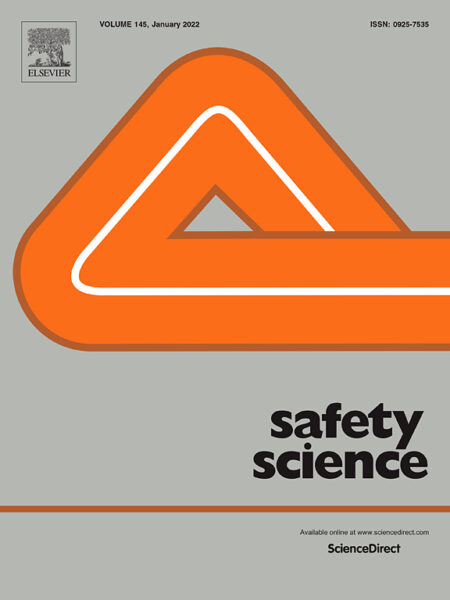Submission Deadline: June 30, 2022
Increased globalization combined with modern technologies has created a “hyper-connected” world. Communication and commerce span multiple countries and a wide array of human and organizational cultures in minutes to hours. These hyper-connections create an environment that allows a global marketplace, where technologies are created in one part of the world and used in other parts. Many of the technologies are proprietary and considered “black boxes,” meaning the ability to independently verify the purported safety of the component parts can be extremely difficult. One has to “trust” that the reported or claimed safety and security is reflective of the actual safety. The result is that safety decisions may be made in ‘black box’ conditions in one part of the world and extend un-checked to other parts of the world. Decisions made by one group are in effect imposed upon others. ‘Distributed safety and security’ is the consequence. In this regard, safety and security are thereby “messy” problems whose components are hard to define; solutions are unclear; major implicit and explicit value differences are paramount; contested knowledge and expertise predominate; finally, there are ill-defined and ill-understood stakeholders.
- How can hyper-connectivity be the subject of empirical research? We particularly invite case studies showing how organizations deal with hyper-connectivity in practice.
- Is there inter-organizational resilience? If so, what are its constituent elements and how and why is resilience a useful concept?
- Inter-organizational communication and collaboration requires networks and relationships – What role does social capital play in bridging the gap between ‘intended safety and security’ and ‘actual safety and security’?
- Assuming that some forms of resilience are important elements in safety and security; can we or should we formalize the concept of resilience to cover the full range of functions it serves in relation to safety and security? How can we identify and measure the potential for resilience in specific organizations and on a societal level?
- What is the role of uncertainty in an interconnected, global world where safety problems are no longer isolated to a single sector or organization? Are safety and security dependent on factors that risk managers and organizations are not capable of fully knowing or understanding?
- How can distributed risk in a hyperconnected world be analyzed and modelled? Is it possible to identify proactive (leading) indicators for risks that have their origins outside organizations’ boundaries?
Safety Science serves as an international medium for research in the science and technology of human and industrial safety. It extends from safety of people at work to other spheres, such as transport, energy or infrastructures, as well as every other field of man’s hazardous activities.
Guest Editors
Dr. Rune Storesund – rune@berkeley.edu
Dr. Stian Antonsen – stian.antonsen@samforsk.no
Sissel H. Jore – sissel.h.jore@uis.no
To submit the manuscript please visit:https://www.editorialmanager.com/safety/default1.aspx



